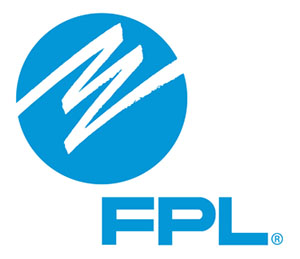Florida Power & Light (FPL) continues to upgrade its system in the Wellington area as part of its ongoing work to strengthen the energy grid and improve the reliability of its service for customers.
Company investments, which include strengthening power lines and poles, trimming trees near power lines and installing smart grid technology, help make the grid more reliable day-to-day and speed restoration efforts following major storms.
“We continue to build one of the nation’s strongest, smartest and most storm-resilient energy grids using advanced smart grid technology to continue delivering reliable electricity that our customers can count on,” said Eric Silagy, president and CEO of FPL. “Last year, FPL customers experienced record-setting electric service reliability, in part due to smart devices, and we will continue to use emerging technology to find innovative ways to deliver cleaner energy while keeping costs 30 percent below the national average.”
During this year, FPL plans to make the following improvements in and near Wellington:
• Strengthening four main power lines, including those that serve critical services that are necessary for communities to recover faster after major storms.
• Inspecting and clearing tree branches and vegetation — a major cause of power outages — from 280 miles of power lines.
• As of this year, FPL will have inspected 100 percent of power poles in the community over the past eight-year inspection cycle, strengthening or replacing those that no longer meet FPL’s standards.
• Installing smart grid technology, 484 automated switches on main and neighborhood power lines to help detect problems and restore service faster when outages occur.
• Inspecting three main power lines and equipment using infrared technology to detect issues before they cause a power interruption.
In 2018, the company started the Storm Secure Underground Program, a three-year pilot to find cost-effective ways to replace overhead power lines with more reliable underground lines in select neighborhoods to further enhance customers’ service and the energy grid’s resiliency. The pilot targets neighborhoods that experienced an outage during hurricanes Matthew and/or Irma and have a history of outages caused primarily by vegetation, which in Florida grows year-round. This year, six projects are planned in Wellington.
“FPL is a national leader in the reliability of service to its customers, but we’re never satisfied,” said Manny Miranda, senior vice president of power delivery for FPL. “We continue to implement projects that have demonstrated their value to our customers, while looking at the latest technology and lessons learned from past storms to develop new ways of enhancing the reliability of our service.”
The Storm Protection Plan that FPL filed recently with the Florida Public Service Commission is a continuation of the existing comprehensive hardening programs that the company has undertaken for nearly 15 years. These programs have benefited customers by successfully reducing restoration costs and outage times during major storms, as well as improving day-to-day service reliability. FPL’s Storm Protection Plan also builds on the company’s long-standing track record of building America’s strongest and smartest energy grid while keeping customers’ bills among the lowest in the country.
Last year, the company announced an investment of $2 billion to harden its main power lines and replace all remaining wooden transmission structures with steel or concrete. By the end of 2022, FPL expects that all of its transmission structures will be steel or concrete.








